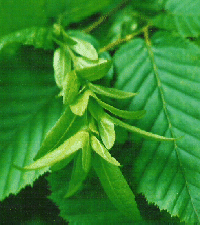
Hornbeam

Sycamore
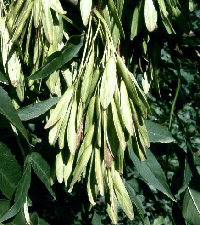
Ash
Dispersal of Seeds by the Wind
Wind is one of the main agencies of seed dispersal. Seeds that can fly or glide
The way it transports them depends on the type of seed and where it grows.
 Hornbeam |
 Sycamore |
 Ash |
Some tall trees produce seeds with stiff wings covering the seed that enable them to fly long distances. The wings are twisted and balanced so that the seed spins around as it is carried along by the wind. These natural adaptations for using the wind to transport the weight of the seed must be technically accurate, as the wings of modern planes and helicopters are designed in the same way.
These wings usually support one seed each, but may start off as a two-winged pod that later splits in two to release the seeds. Some seeds have only one wing (e.g. Lime or Ash). This type of attachment is quite heavy, and this system only works well in a good wind, and from a tall tree.
Sometimes seeds have thin wings as an extension of the seed that enable them to glide in the wind. They don't need so much wind as the seeds that fly, but they are not so heavy. The largest of this type of seed is 6" across, from a climber called Alsomitra growing in the tropical forests of Asia.
Some seeds have long, feathery tails which help them to fly, like the tail of a kite.
Examples of seeds spread by the use of wings and tails are:
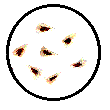 |
 |
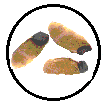 |
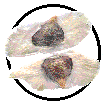 |
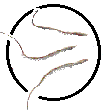 |
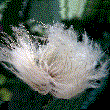 |
Seeds that drift in the wind
Seeds that have almost weightless additions that enable them to be carried long distances
by the slightest breeze are familiar all over the world.
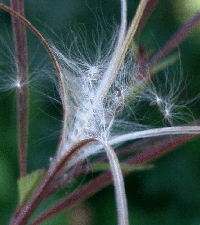 Willow Herb |
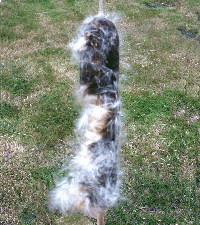 Bulrush |
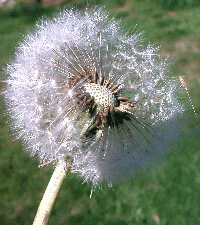 Dandelion |
These are more flimsy additions to seeds which help them to be transported long distances by the wind. These additional features are usually various sorts of fluff which are almost weightless but increase the volume of the seed, so that it can be picked up by the slightest breeze and carried over long distances.
Sometimes, the seed is attached to fine hairs which open out when the seed is shed to form a ball. Thistles produce seeds with this type of fluff, and thistledown is often seen blowing across motorways on its journey to colonise new sites. Many members of the Daisy family provide their seeds with a flat disk of fine hairs to produce a parachute to keep the seed aloft. Bulrushes produce many millions of dust-like seeds, each of which has its own tuft of fluff to give it a bigger area to be caught by the wind.
Examples of seeds spread by this method are:
 |
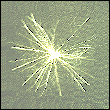 |
 |
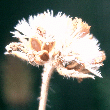 |
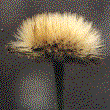 |
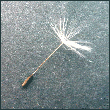 |
Seeds that are released from their pod by the wind
Many more plants just need the wind to bend their stalks so that the seeds spill out of the seed pod.
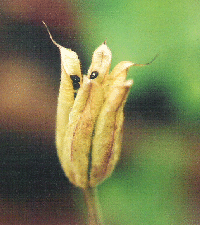 Columbine |
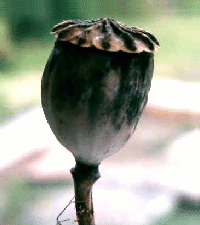 Poppy |
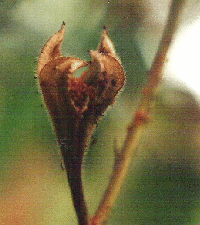 Evening Primrose |
Some seed pods face downwards, but very many have their opening at the top, and these need the wind to bend their stalks enough to allow the seeds to fall out. This often means that the seeds will not fall directly under the parent plant, because the stalk holding the seedpod is bent at an angle, so the seeds fall a little way from the parent.
Very many popular garden plants and wildflowers, too, scatter their seeds this way, so it must be an efficient method of spreading seeds.
Some seeds dispersed by this method are:
 |
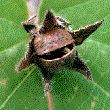 |
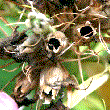 |
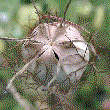 |
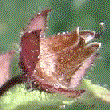 |
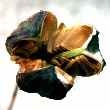 |
| Back to the Seed Dispersal Main Page |
|---|